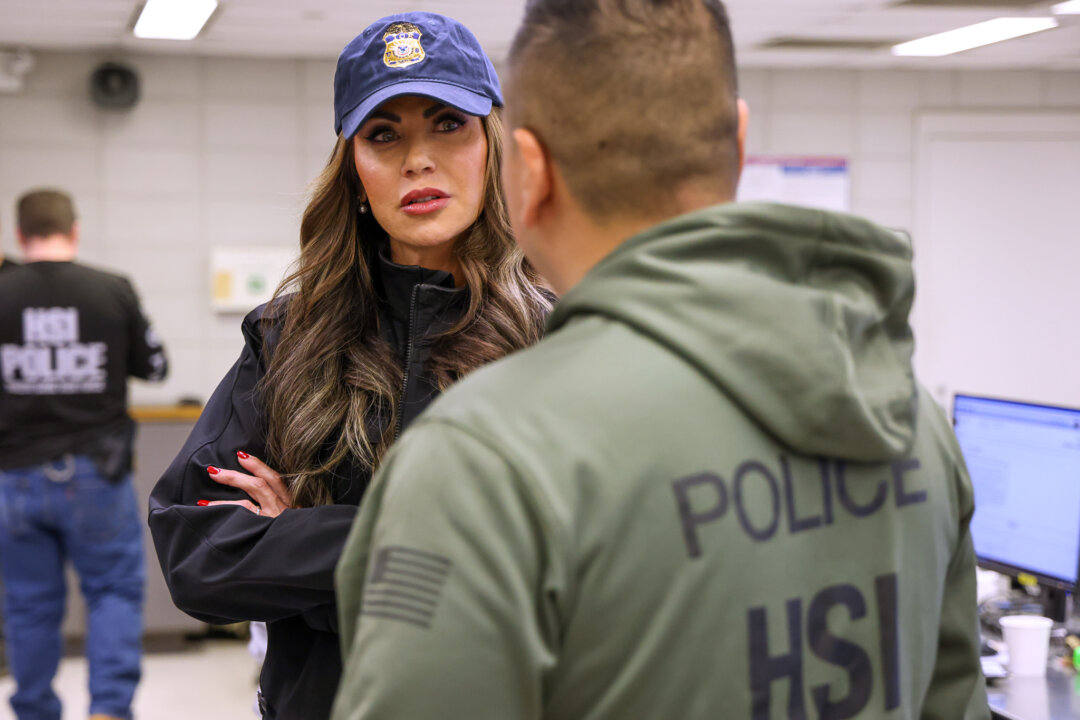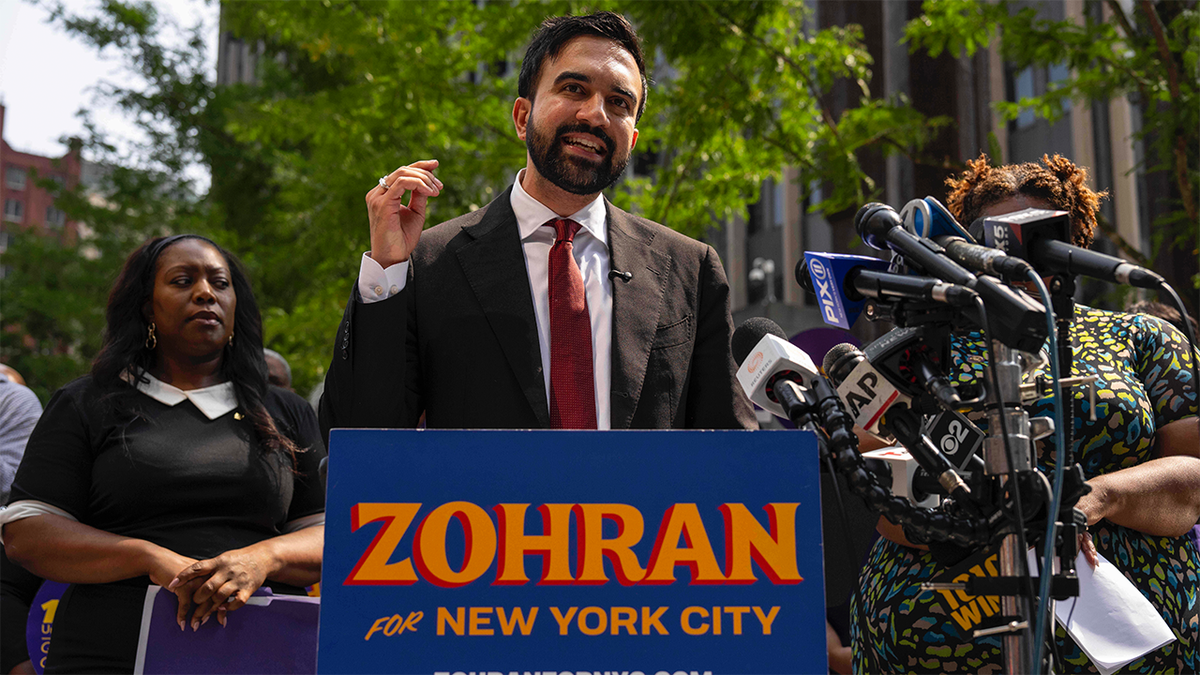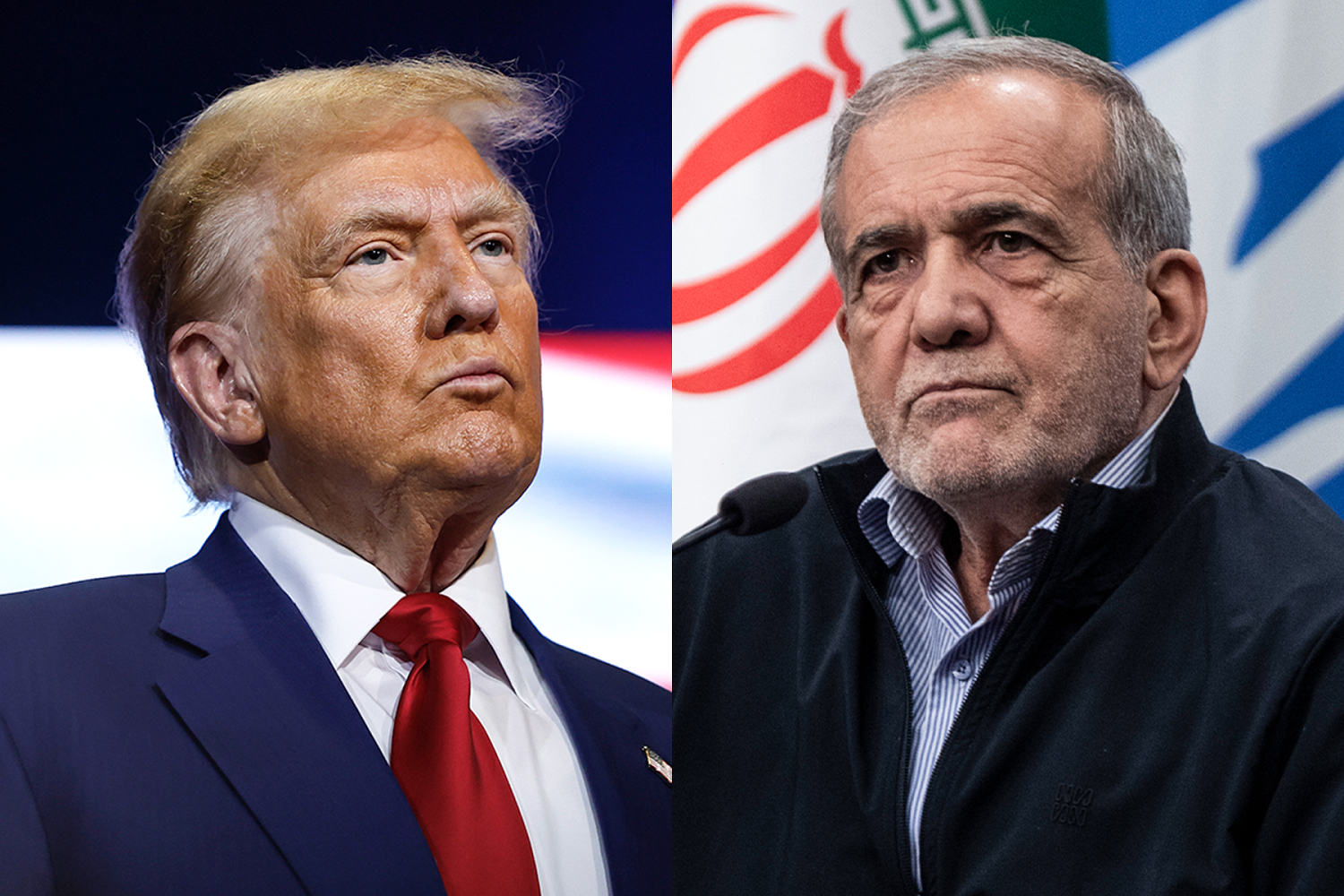President Donald Trump signed an executive order Tuesday aimed at improving ways to identify and treat pediatric cancers using artificial intelligence.
Specifically, the executive order instructs the Make America Healthy Again (MAHA) Commission to work with the White House’s Office of Science and Technology Policy to employ AI on how to use it to diagnose and treat childhood cancers and identify new cures. Department of Health and Human Services Secretary Robert F. Kennedy Jr. spearheads the MAHA Commission.
The president was joined in the Oval Office by Kennedy, Centers for Medicare and Medicaid Services Administrator Dr. Mehmet Oz, Director of the National Institute of Health Jay Bhattacharya and others.
FATHER LEADS INTERNATIONAL EFFORT TO FIND A CURE FOR SON’S BRAIN TUMOR
The president signed the order surrounded by children, mostly who have survived cancer themselves.
The president said that in signing the order the U.S. is adding another $50 million to the Childhood Cancer Data Initiative.
"I'm also directing the federal government to fully utilize artificial intelligence to supercharge pediatric cancer research," Trump said. "It's pretty amazing what's happening."
The president added, "I want to just say that we're going to defeat childhood cancer once and for all."
Trump’s initiative in his first term establishing the Childhood Cancer Data Initiative has laid the groundwork for utilizing AI to administer clinical research and patient care to address pediatric cancers in the U.S., according to the White House.
The effort has collected a host of information over the years, including tracking molecular characteristics and genetic information of childhood cancers that has already been organized in a "vast" database.
"Leveraging this data infrastructure, researchers will deploy artificial intelligence to improve clinical trials, sharpen diagnoses, fine tune treatments, unlock cures, and strengthen prevention strategies using artificial intelligence, researchers will be able to, for example, build scalable models to predict how a child's body responds to therapies, letting doctors forecast cancer progression and minimize treatment side effects, delivering better treatments that save more lives," Michael Castillo, director of the White House Office of Science and Technology Policy, told reporters earlier Tuesday.
TRUMP'S AI PLAN IS A BULWARK AGAINST THE RISING THREAT FROM CHINA
The executive order also will bolster funding for the Childhood Cancer Data Initiative, which is housed within the National Institutes of Health (NIH).
"It’s a $50 million investment in the immediate future that we're announcing today. But there will be more investments to come as we start to implement this" executive order, a White House official told reporters.
As a result, the executive order also will be a funding call for research proposals related to the application of AI in childhood cancers, the official said.
"This is just a tremendous kind of application area where we have existing data sets, a lot of existing work that's been done over the past six years in this area," a White House official said. "And it's something that's ripe for both scientific exploration and direct impact to the lives of these children."
DETAILS OF TRUMP'S HIGHLY ANTICIPATED AI PLAN REVEALED BY WHITE HOUSE AHEAD OF MAJOR SPEECH
Meanwhile, the Trump administration’s budget request calls for cutting funding from $7.2 billion to $4.5 billion for the National Cancer Institute within the National Institutes of Health for fiscal year 2026.
However, the White House pushed back on characterizations that the administration was seeking to cut cancer research funding, and said the budget for the next fiscal year is "still being worked out."
Government funding is set to expire at midnight — or else a lapse in funding will trigger a government shutdown.
Pediatric cancer is the leading cause of death by disease after infancy in children, according to the National Cancer Institute. However, survival rates are on the rise.
The five-year survival rate for children between the ages of zero to 19 years old is currently more than 83%, up from 58% of children aged 14 and under and 68% for children between the ages of 15 and 19 in the 1970s, according to the agency.
.png)
 2 hours ago
2
2 hours ago
2















 English (US)
English (US)